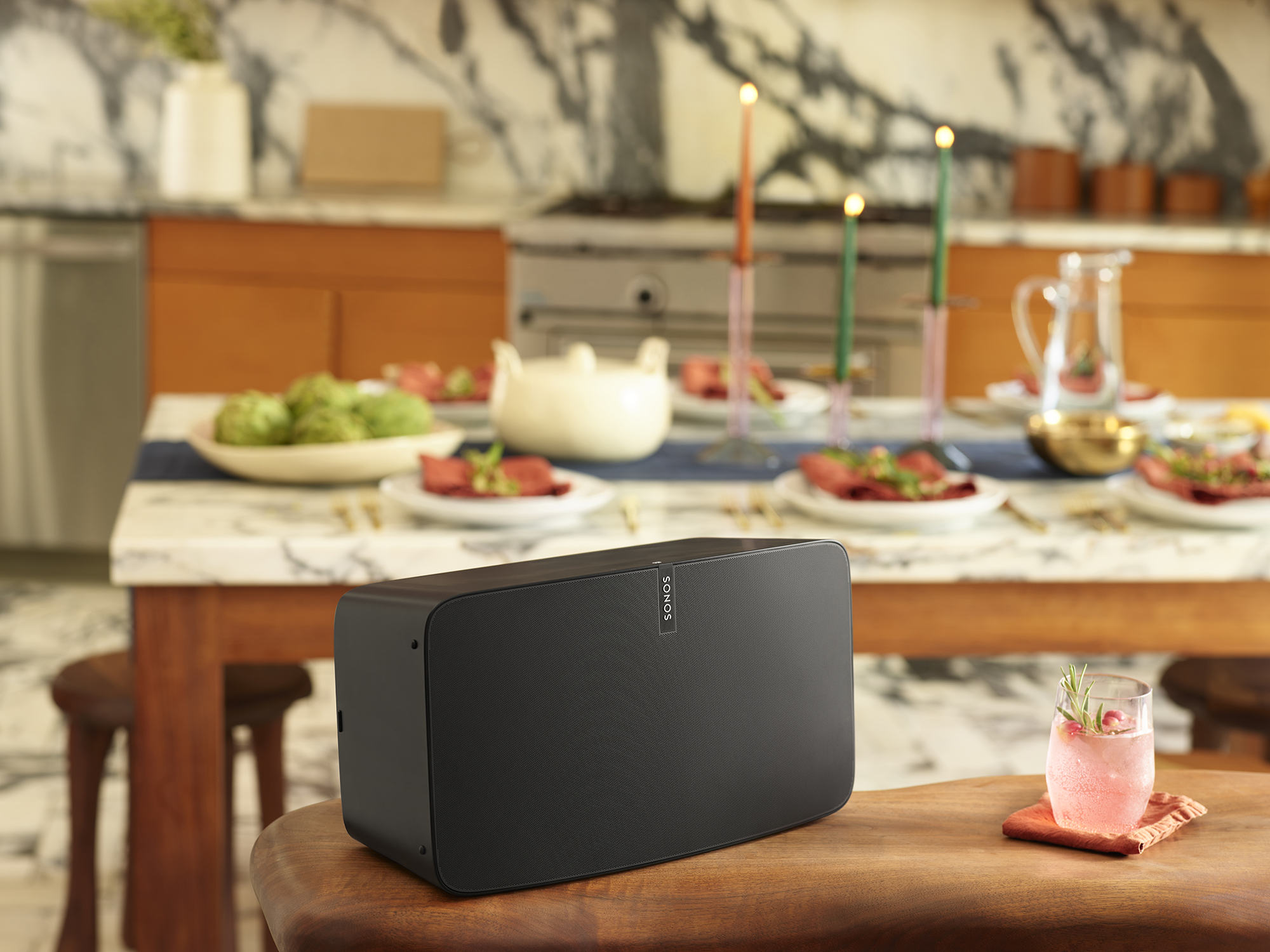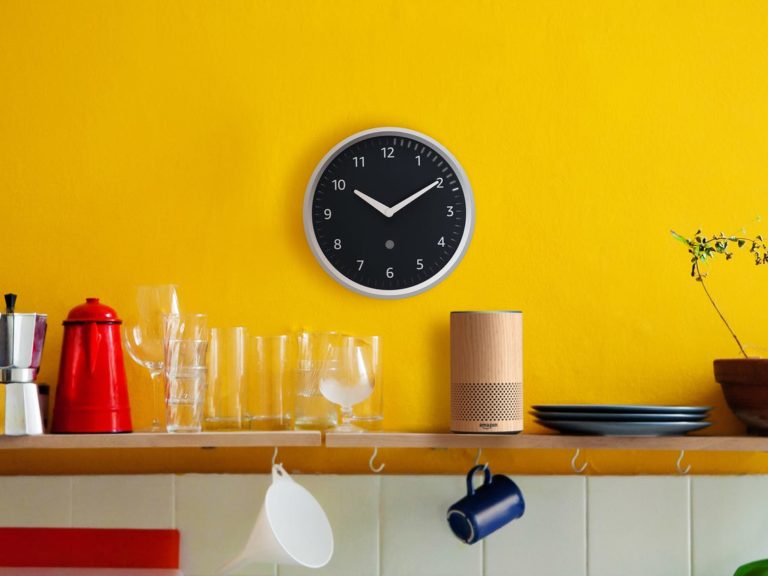As designers and engineers we are, for the most part, well equipped to understand the environmental impact that our products and processes have on our planet.
Whether we are able to do anything about that remains a much more complex question than might be apparent to those outside of the profession.
In short, things are rarely as black and white, as good or bad as they might seem.
So it’s always interesting to see consumer news stories blow up and some eye-catching headlines emerge around this topic, of which there has been no shortage of late.
One recent example that grabbed my attention focused on Sonos, the purveyor of internet-connected audio appliances and, specifically, its upgrade programme. To summarise, Sonos brings back older models and offers a deep discount to get customers to replace ageing kit.
The problem is that, as soon as a customer accepts the offer, Sonos puts speakers into ‘recycle mode’, bricking them permanently.
Why would Sonos do this? I suspect to ensure that they don’t become an issue again if sold second-hand and to remove them from the market, where they might otherwise impact new unit sales.
A similar thing is apparently happening on farms. Older tractors are becoming valuable, because newer models are tied, electronically, into service programmes.
They are not engineered to be repaired by farmers themselves, but by authorised service agents. If you’ve got an old tractor, you might have a crackly radio or the aircon might not work properly, but if it breaks down, you can fix it yourself.
So how do we, designers and engineers, reconcile this with the work we’re paid to do? The answer is: carefully. If you’re working at Sonos or John Deere, these decisions aren’t yours to make. You have bills to pay, perhaps a family or others to support.
I’ve seen a trend recently for a certain type of people to demand workers leave companies exhibiting these sharp practices. The reality is far more complicated.
The only real power we have is as consumers. Do we choose to purchase products from those companies with poor track records for sharp environmental practices, or do we overlook these in favour of our own convenience or need?

I wonder, for example, how many folks received one of Amazon’s Echo products over the festive season? And how many have looked into Amazon’s recycling policies for these devices once they reach their inevitable end of life? The answer: There isn’t one.
Amazon has joined a ‘Distributor Take Back Scheme’ which, for a fee that goes to local recycling centres, absolves the company of having to adhere to WEEE obligations. And these are local recycling centres, funded by local government, which could probably be better-funded if Amazon paid more tax in the first place.
So when you stick a nail in the wall and pop up that Alexa-enabled wall clock (seriously – that’s a thing now), just consider that, once your smart clock stops updating its firmware, you may well find yourself having to recycle it long before its time is truly up.
*Since this article was first published Sonos has removed its controversial Recycle Mode, forcing a device to be bricked.






